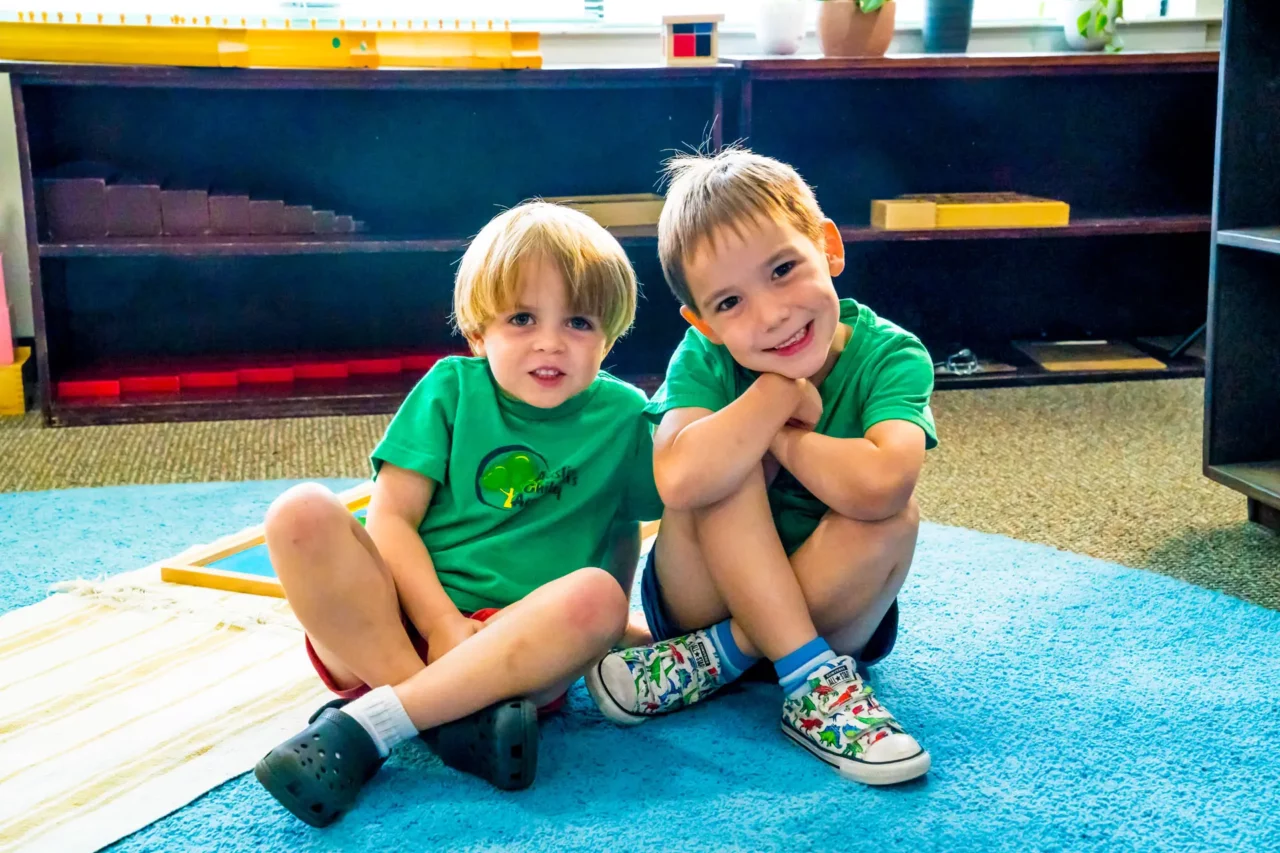
If you’re a new parent of a growing toddler, you may wonder what happened to your cherubic child. One day she’s looking up at you adoringly, following you everywhere, and doing exactly what you ask . . . and then, suddenly, she turns into a red-cheeked, screaming bundle of fighting defiance.
Congratulations, you’re now experiencing the “Terrible Twos.” The bad news is that this phase may start as early as eighteen months and extend deep into the third year. The good news is that there are multiple ways to successfully handle your little monster.
Accept The Inevitable
The onset of the “Terrible Twos” is not a reflection of your parenting skills. It’s an inevitable developmental phase in your child’s life. Until now, he’s been willing to follow your lead as he learns how to walk, read moods, and understand language. But at some point, your child realizes he is a separate person, with his own moods, desires, and choices. Those choices don’t always agree with yours.
Recognizing his defiance as a bid for independence is the first step toward taming the tantrums.
Understand Your Child’s Physical Limits
In this developmental phase, children are dealing with surging emotions that they don’t fully understand. Also in the early period children are growing out of their naps, but not necessarily the need for sleep. Hunger and fatigue can contribute to defiance and especially tantrums. A bag of grapes can go a long way to taming a toddler who is showing signs of crankiness in the grocery store. An awareness of your own child’s cycles of sleepiness and hunger can go a long way toward managing them.
Cede Some Control
With so many complicated feelings welling up inside her, your toddler may not even know what she wants. Yet she demands a choice in the matter. Consider offering a child reasonable options in matters that concern her. For example, ask whether she would like a peanut butter sandwich or hot dogs for lunch. Does she want grapes or carrots to go along with it? Keep the options few and reasonable. This tactic gives a measure of control while keeping more outrageous demands in check.
Teach Emotional Intelligence
When preventative methods fail, and in the rough-and-tumble of everyday life they inevitably will, you may find yourself dealing with a defiant, physically aggressive toddler. Time-outs are vital for removing the child from the immediate situation and allowing a space for strong emotions to ebb. Time-outs are also an opportunity to help the child identify the feelings that have overwhelmed him. Necessary to his development is the understanding that anger and frustration are natural, but hitting and screaming are not acceptable responses to those feelings.
Choose Your Battles
If your reflex to your toddler’s every suggestion is “no,” you may experience an increasingly stubborn defiance on his part. Your toddler is becoming his own person, which is a milestone to encourage and celebrate. Consider his requests before denying them, and offer an option that allows what he truly wants. “We can’t go to the playground today because Mommy is waiting for a package to arrive, but how about we make a blanket fort in the living room?”
Sometimes, however, you must stand your ground and handle tantrums as they happen. If you give in to whining and allow him to choose a candy bar at the check-out line, you’ll be initiating a very unhealthy routine that’ll engender future battles. If it’s any comfort, you won’t be the first mother to haul her child out of the store screaming. And these extremes of emotional defiance won’t last forever.
Not until the teens, at least.





